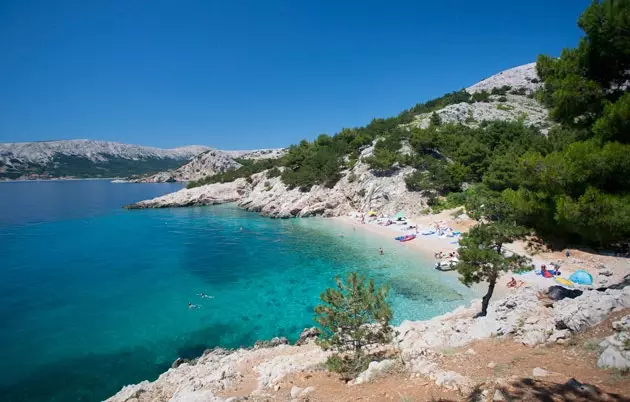
The hardly pronounceable island of Krk
1) THE CITY
It is obvious that we are not in Dalmatia: Rijeka is not as monumental and poster-like as Dubrovnik or Split, but on the other hand it is less touristy and it gives more of the feeling of a “real” city, with its students and its lively port, the arrival point for ferries and boats from all over the Adriatic. If you stop here on your way to another destination, even if there is no beach, the promenade along the sea and the city's nightlife are well worth a stop.
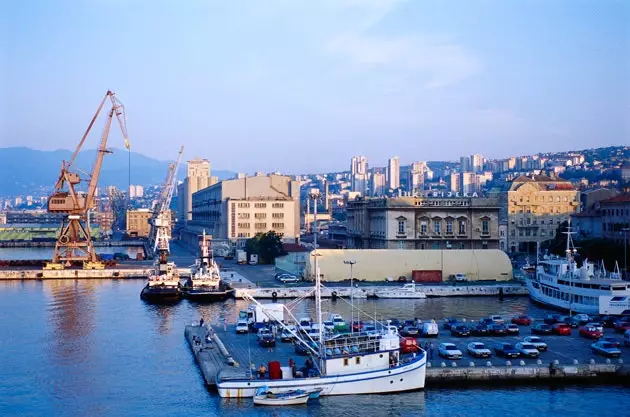
Rijeka and its lively port
2) THE PAST
The entire Croatian country is a salad of overlapping nations and countries that left their mark; During the 19th century, Rijeka and its territory were Hungary's only outlet to the sea, which allowed a barrage of pompous noblemen from the Austro-Hungarian empire to travel here by rail to enjoy their vacations. L he facades of some buildings in the city center could be straight out of Vienna or Budapest.
3) DESTINATION
The green coast is cut dramatically and here and there mansions appear that could be small Xanadu: Opatija keeps the charm of the vacation retreat sites of the Belle Epoque and it continues to appeal to Austrians and Italians in search of mild winters, good food and charm in spades. The 12-kilometre lungomare walk leads along the coast connecting Opatija with nearby towns; small beaches that appear between the rocks, there is a good perspective of the residential villas (many converted into hotels) and new cafes and shops accompany the walk.
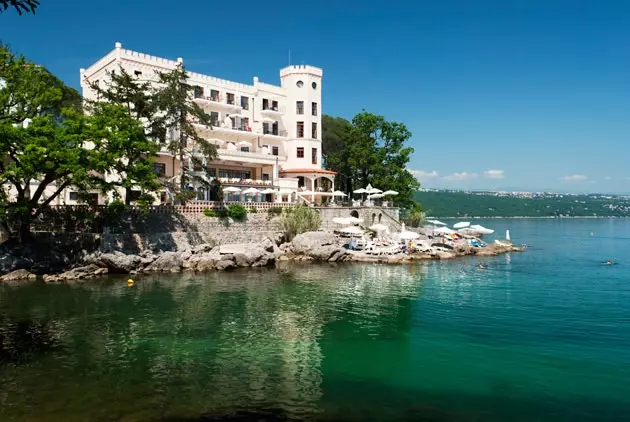
Opatija: belle epoque croatian style
4) FOOD
Just two kilometers from Opatija we find what this must have been before the landing of the Zentropa nobility: Volosko It is a simple fishing village with little boats moored to the pier. , perfect for strolling through its streets, but which attracts people above all for the good offer of restaurants and fresh fish. Must try the very popular Tramerka or the more formal Le Mandrać, with creative Mediterranean cuisine.
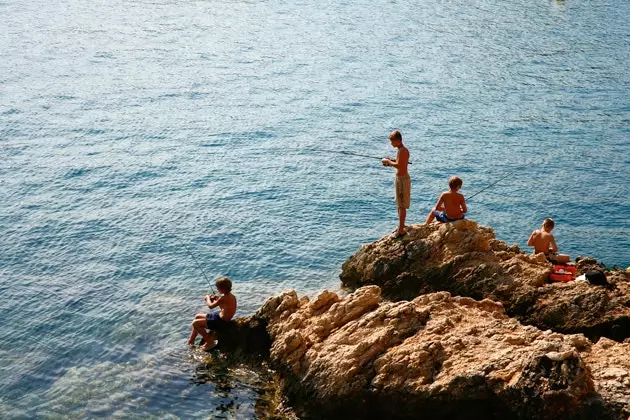
Children fishing on the island of Krk
5) THE ISLANDS
Just a short ferry ride from the thing, Kvarner has islands to suit all tastes: Krk is the largest island in Croatia , perhaps too crowded in summer especially on the very popular sandy beach of Baska ; perhaps it is preferable to go to the nearest rab . The spectacular stone village of the same name is a photogenic delight of narrow alleys; the rest of the island has wonderful sandy beaches that you can discover, preferably by boat. on the island of Cres the raising of sheep is famous and, therefore, the lamb dishes. A visit to the medieval town of Beli that dominates the Traumuntana area from the top of a hill. In this mountain range there is an important population of vultures; on the twin island of Cres, Losinj, the dolphins and the vegetation that makes it optimal for cycling are famous.
6) THE ESSENTIAL ANECDOTE
The stormy Gabriele D'Annunzio starred in one of the most crazy companies that are remembered: in 1919 Rijeka was a free city with the name of Fiume before which the possibility of joining the newborn Yugoslavia was opened. The significant presence of Italian population made Annunzio take the city to annex it to Italy, which he rejected the gift in the form of a diplomatic conflict that was coming his way. It was not a problem: neither short nor lazy, Annunzio created the "Free State of Fiume", an experiment in poetry, anarchism, proto-fascism and extravagance in which music was the foundation of the state and all the bohemians, artists or unbalanced of the time found their place. Then came Mussolini, the annexation to Italy and, after World War II, the new Yugoslavia, up to today's Croatia.
How hectic was the 20th century.
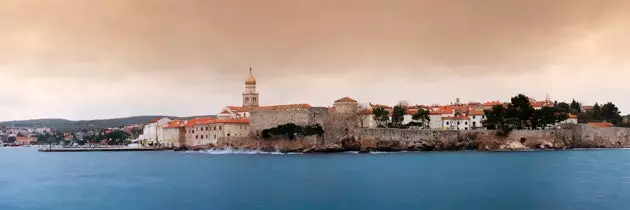
The skyline of Krk
